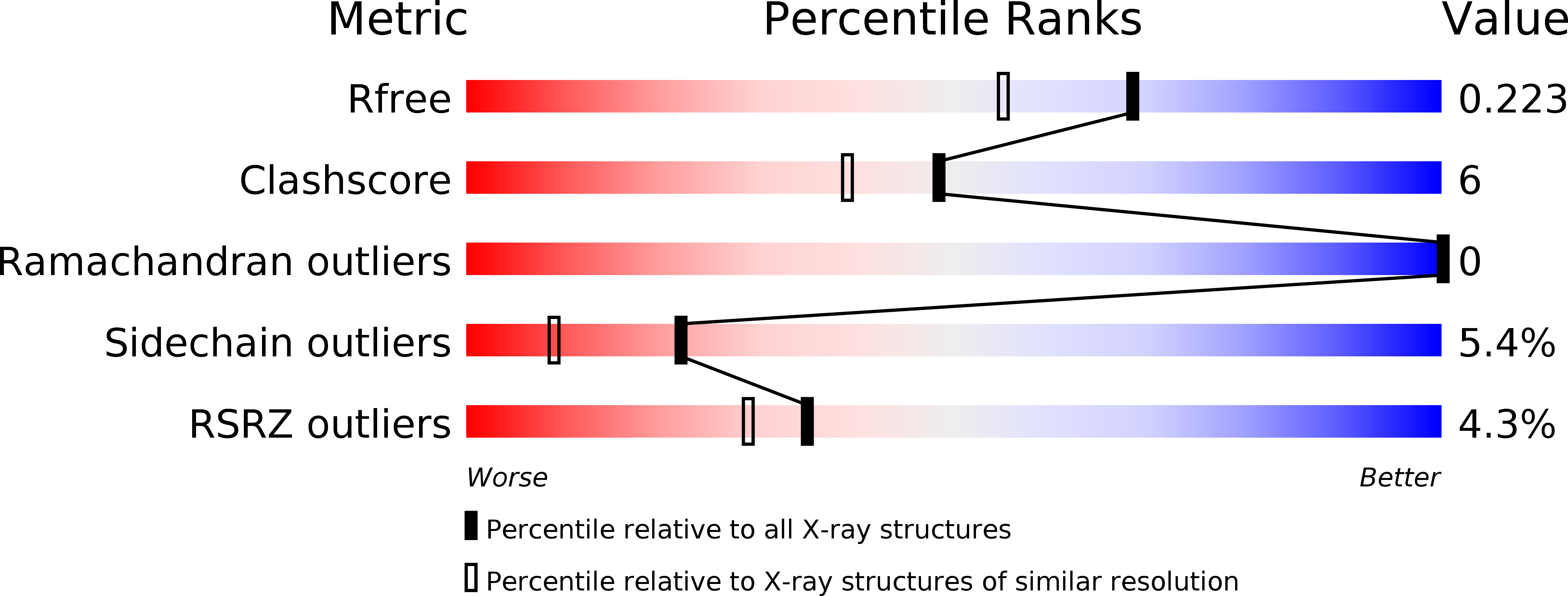
Deposition Date
2011-07-13
Release Date
2012-03-14
Last Version Date
2024-11-20
Entry Detail
PDB ID:
3SW0
Keywords:
Title:
Structure of the C-terminal region (modules 18-20) of complement regulator Factor H
Biological Source:
Source Organism:
Homo sapiens (Taxon ID: 9606)
Host Organism:
Method Details:
Experimental Method:
Resolution:
1.80 Å
R-Value Free:
0.22
R-Value Work:
0.18
R-Value Observed:
0.18
Space Group:
P 2 21 21


